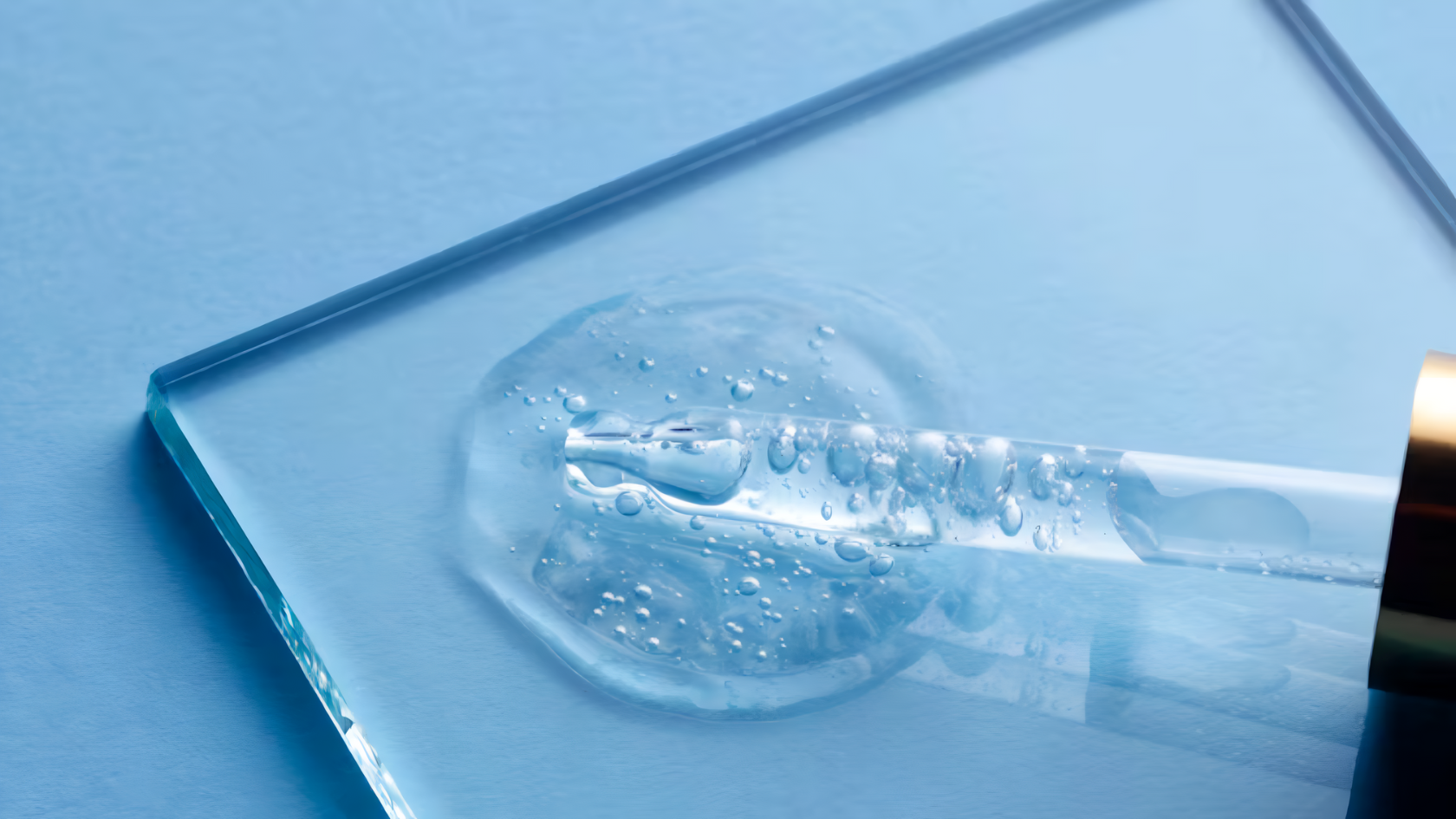Crystalloid solutions are clear fluids used in IV therapy to hydrate the body and maintain electrolyte balance. They contain small molecules like salts and sugars that easily move through cell membranes, making them effective for treating dehydration and other conditions.
These solutions are commonly used in hospitals and clinics to quickly restore fluids lost due to illness, surgery, or injury. Understanding the different types of crystalloid solutions and their specific uses can help ensure proper treatment and recovery.
Key Takeaways
- Crystalloid solutions are clear IV fluids with small molecules like salts and sugars that easily pass through cell membranes, aiding in hydration and electrolyte balance.
- These solutions are categorized by tonicity: isotonic (e.g., Normal Saline), hypotonic (e.g., Half Normal Saline), and hypertonic (e.g., 3% Sodium Chloride), each serving specific medical purposes.
- Common types include Normal Saline for fluid replacement, Lactated Ringer’s for resuscitation, Dextrose solutions for energy and hydration, and Hypertonic Saline for severe hyponatremia.
- Potential side effects of crystalloid solutions include fluid overload, electrolyte imbalances, and edema, emphasizing the need for appropriate selection based on patient condition.
- Crystalloid solutions are essential in medical settings for treating dehydration, electrolyte imbalances, and as carriers for intravenous medications, ensuring effective patient care.
Table of Contents
What Is a Crystalloid Solution?
A crystalloid solution is a type of intravenous (IV) fluid composed of water and small molecules, such as electrolytes and sugars. These molecules can easily pass through cell membranes, allowing the solution to distribute evenly throughout the body’s compartments.
Crystalloid solutions are categorized based on their tonicity:
- Isotonic solutions: Have the same concentration of solutes as blood plasma, making them ideal for fluid replacement.
- Hypotonic solutions: Have a lower concentration of solutes than blood plasma, causing water to move into cells.
- Hypertonic solutions: Have a higher concentration of solutes than blood plasma, drawing water out of cells.
These solutions are used to treat various conditions, including dehydration, electrolyte imbalances, and shock. They are also used as carriers for medications administered intravenously.
Types of Crystalloid Solutions
There are several types of crystalloid solutions, each with specific compositions and uses:
- Normal Saline (0.9% Sodium Chloride): An isotonic solution commonly used for fluid replacement and hydration. It is compatible with most medications and blood products.
- Lactated Ringer’s Solution: An isotonic solution containing sodium, potassium, calcium, and lactate. It is often used for fluid resuscitation after blood loss due to trauma or surgery.
- Dextrose Solutions (e.g., D5W): Contain glucose and are used to provide calories and free water for hydration. D5W is initially isotonic but becomes hypotonic after the body metabolizes the glucose.
- Half Normal Saline (0.45% Sodium Chloride): A hypotonic solution used to treat hypernatremia and provide free water for hydration.
- Hypertonic Saline (e.g., 3% Sodium Chloride): Used to treat severe hyponatremia and cerebral edema by drawing water out of swollen swollen.
Each type of crystalloid solution has specific indications and potential risks. Healthcare providers choose the appropriate solution based on the patient’s condition and treatment goals.
Stay Hydrated, Stay Healthy
Frequently Asked Questions
Crystalloid solutions are used for fluid replacement, hydration, correcting electrolyte imbalances, and as carriers for intravenous medications.
Crystalloid solutions contain small molecules that easily pass through cell membranes, while colloid solutions contain larger molecules that stay within the vascular space longer, providing sustained volume expansion.
Yes, potential side effects include fluid overload, electrolyte imbalances, and edema, especially if administered in large volumes.
Normal saline has a similar concentration of solutes as blood plasma, making it isotonic and suitable for fluid replacement without causing fluid shifts between compartments.
Lactated Ringer’s is often used for fluid resuscitation in cases of blood loss, burns, or trauma due to its electrolyte composition that closely resembles blood plasma.
D5W provides free water and calories, making it useful for treating dehydration and providing nutrition when oral intake is not possible.
In patients with conditions like heart failure or renal impairment, careful monitoring is required to avoid fluid overload when administering crystalloid solutions.
The choice depends on the patient’s specific needs, including their electrolyte levels, hydration status, and underlying medical conditions.
Yes, many medications are administered intravenously using crystalloid solutions as carriers.
Hypertonic saline is used to treat severe hyponatremia and reduce cerebral edema by drawing water out of cells.

